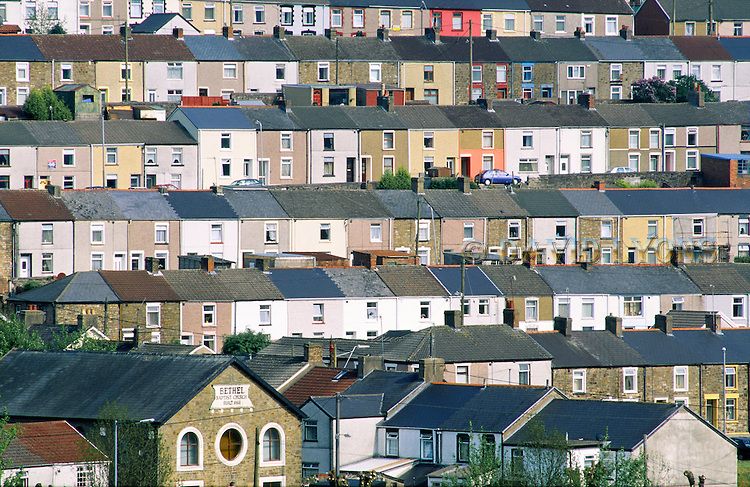LHA Freeze: Three Probable Impacts
The government’s decision to extend the freeze on Local Housing Allowance (LHA) for what will be a fourth consecutive year could further extend the policy’s negative impact both tenants and landlords. Despite pledging to increase benefits in line with inflation, the government looks set to continue its stance on LHA as outlined by Secretary of State for Work and Pensions confirmed in a Written Ministerial Statement in November last year that LHA rates “will be maintained at those increased levels for 2023-24”. We take a closer a look at three main ways in which this decision could affect tenants and the social housing sector as a whole…

Private Tenants Pushed Towards Social Housing
LHA is used to work out how much those on benefits can claim for help with rent if they are renting in the private sector. A freeze to LHA means that tenants in private rental properties will receive the same level of financial support as they have done since 2020, even if their rents rise.
Currently, LHA is calculated at different levels dependent on local authority across England but at a national level, and combined with a Consumer Price Index (CPI) which stands at over 10%, the freeze means those relying on housing benefit could be subject to a shortfall of up to 10% if their rents rise by the same amount.
The fallout from this of course is that an increasing number of private tenants could find themselves unable to afford their rent and will be pushed towards social housing, something that will put pressure on an already stretched social housing sector.

Potential Decrease in Rental Stock
Whilst large UK cities such as London and Manchester will always see demand outstrip supply when it comes to available rental properties, there is potential for the LHA freeze to have a knock-on effect on the rental market in smaller cities.
How so? You might ask. Well, as an increasing number of private tenants move to social housing (as a result of no longer being able to afford private rentals), private landlords may seek to sell their properties. Should these properties be sold to other private landlords or offloaded to social housing providers then the number of properties available to rent will not decrease.
The danger however comes when these properties are sold to private owners, often, in the case of coastal towns, for use as holiday lets. Areas such as Southend on Sea and Cornwall already suffer from this shift in ownership – there are a high number of people in need of social housing in these communities but a dearth of available properties. Could the continuing LHS freeze exacerbate this situation further? Only time will tell.

Supported Housing Viability Threatened
Given their higher rent levels and slim operating margins, the continued freezing of LHA could have a particularly detrimental impact on revenue streams of providers of supported housing, potentially the viability of existing and future schemes.
The supported housing sector and the provisions it makes delivers average fiscal savings £75.9m to the public purse. Should its revenue streams be negatively impacted by LHA not rising along with the rate of inflation then supported housing providers may fail to meet their operating costs and no longer be able to deliver the service relied upon both by the state and end-users.
Coupled with the increasing spend required for staffing and maintenance resulting from the cost of living crisis, that some supported housing operators become no longer financially viable is a very real possibility. As demand for this type of accommodation is growing, any shortfall in service provision could prove disastrous.
- Customer Success Snapshot: Your Homes Newcastle - March 22, 2024
- Staff Spotlight: Jon Gill - February 20, 2024
- Explainability, Legality & AI: Why Is It Important? - February 16, 2024